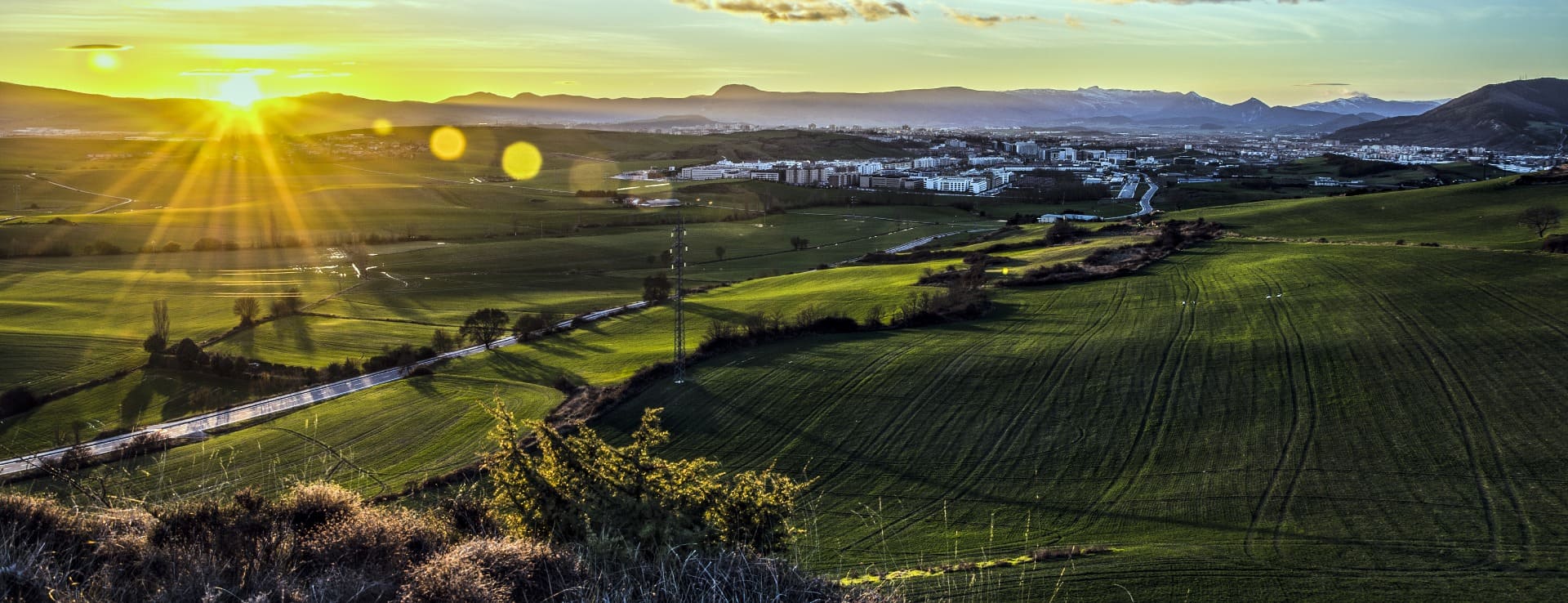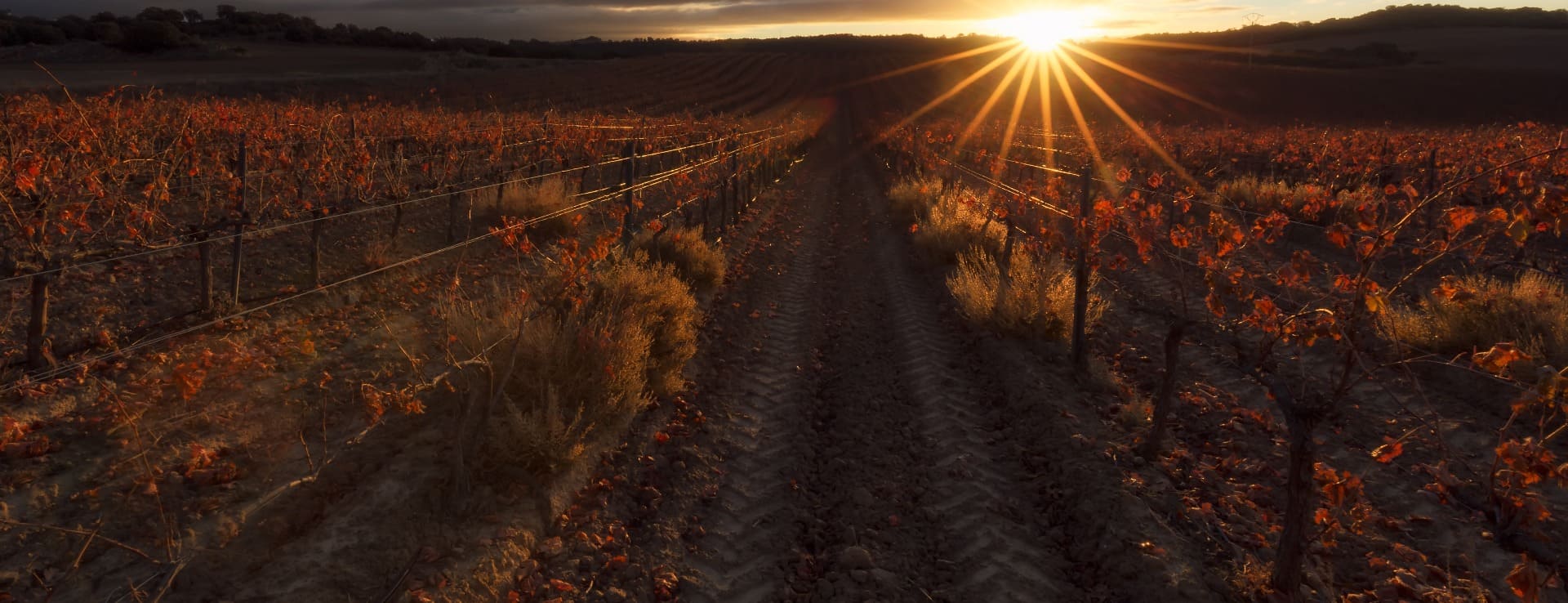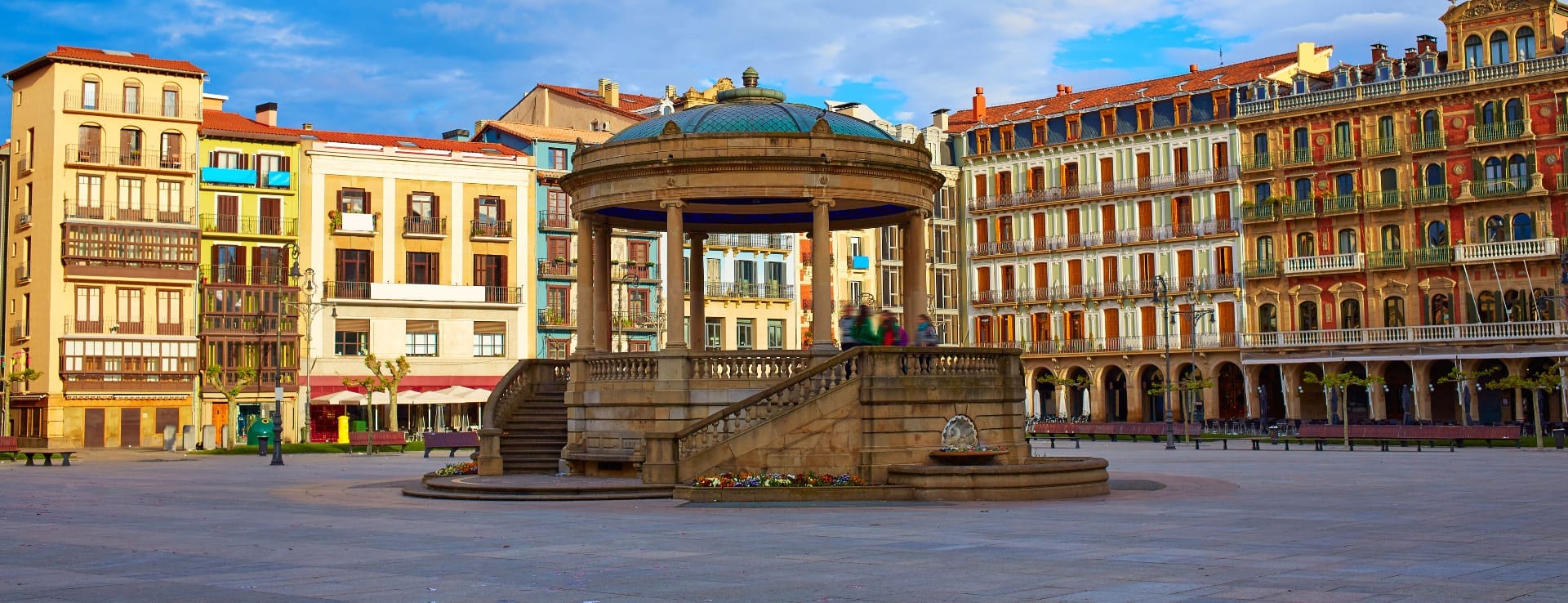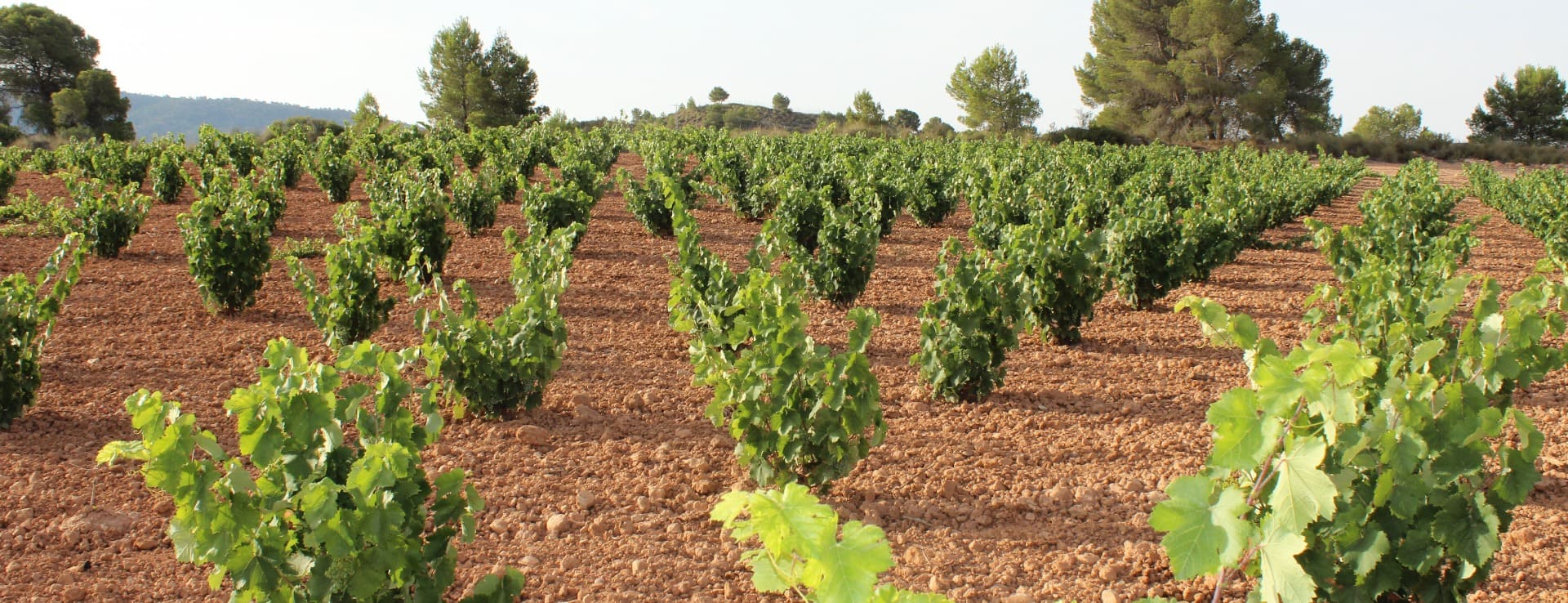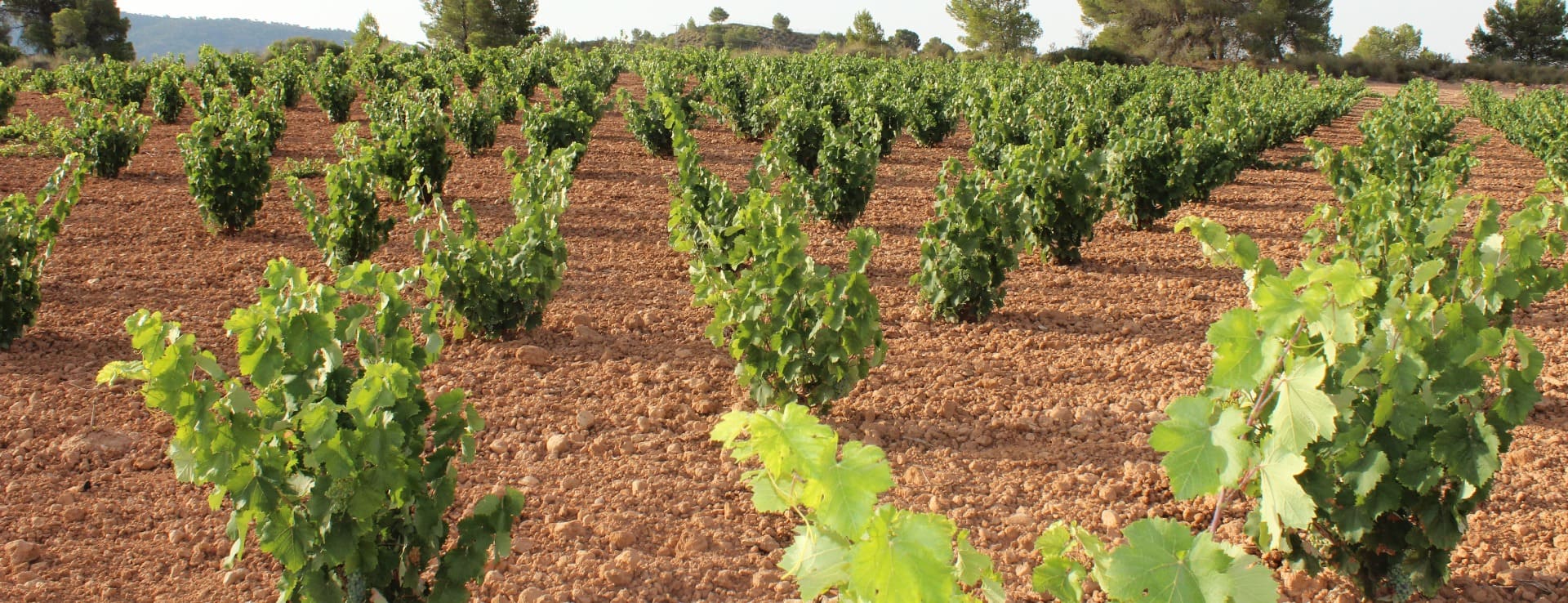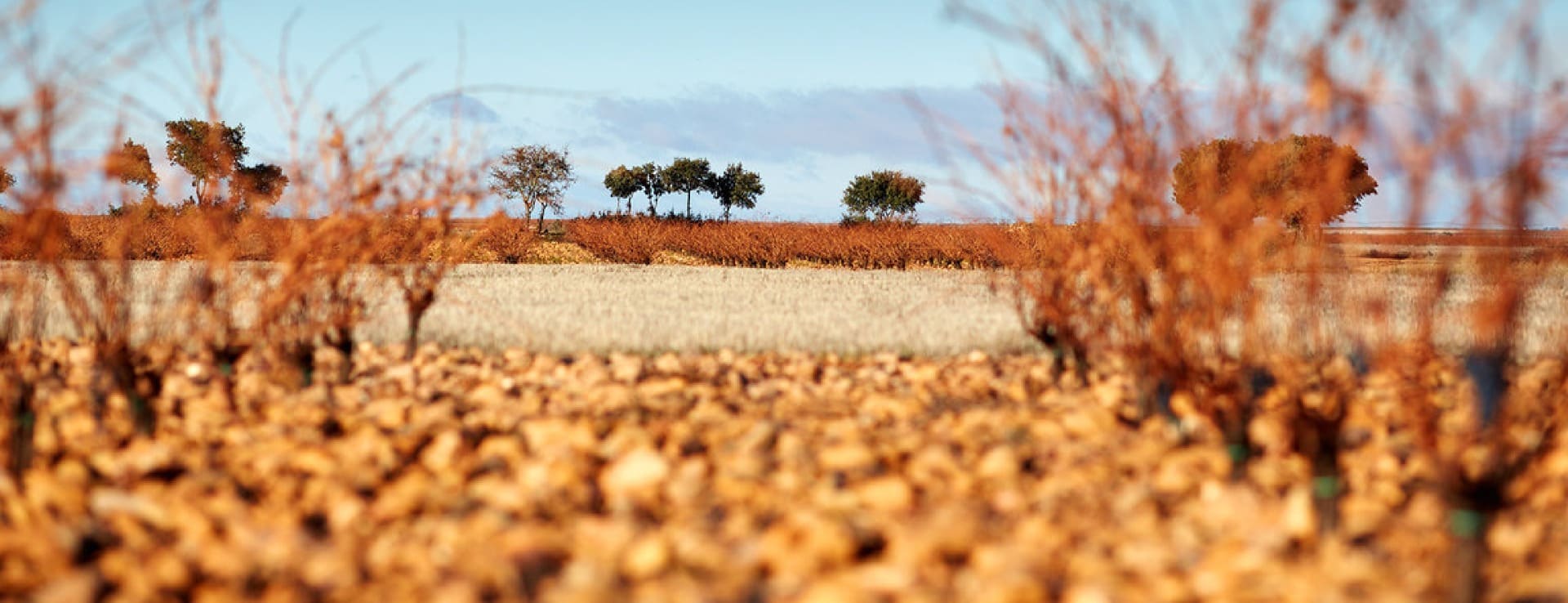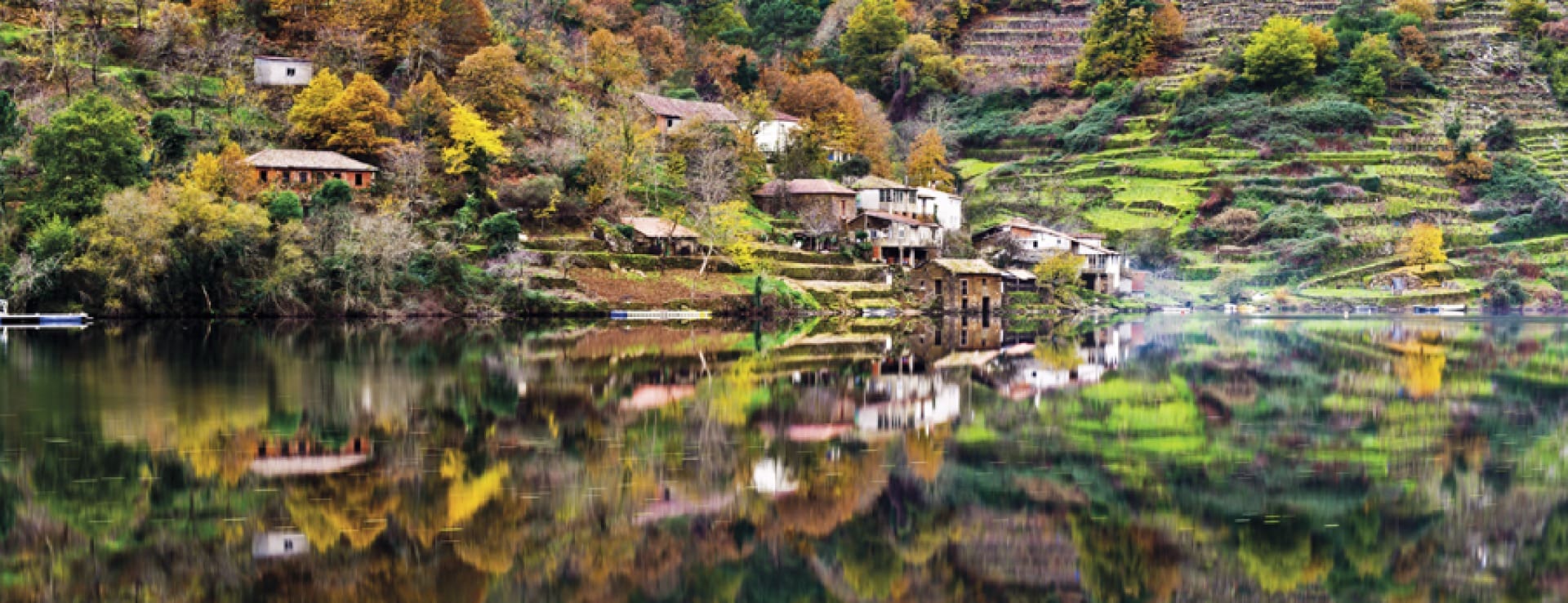Find your winery or vineyard
1 Wineries and Vineyards for sale in Navarre
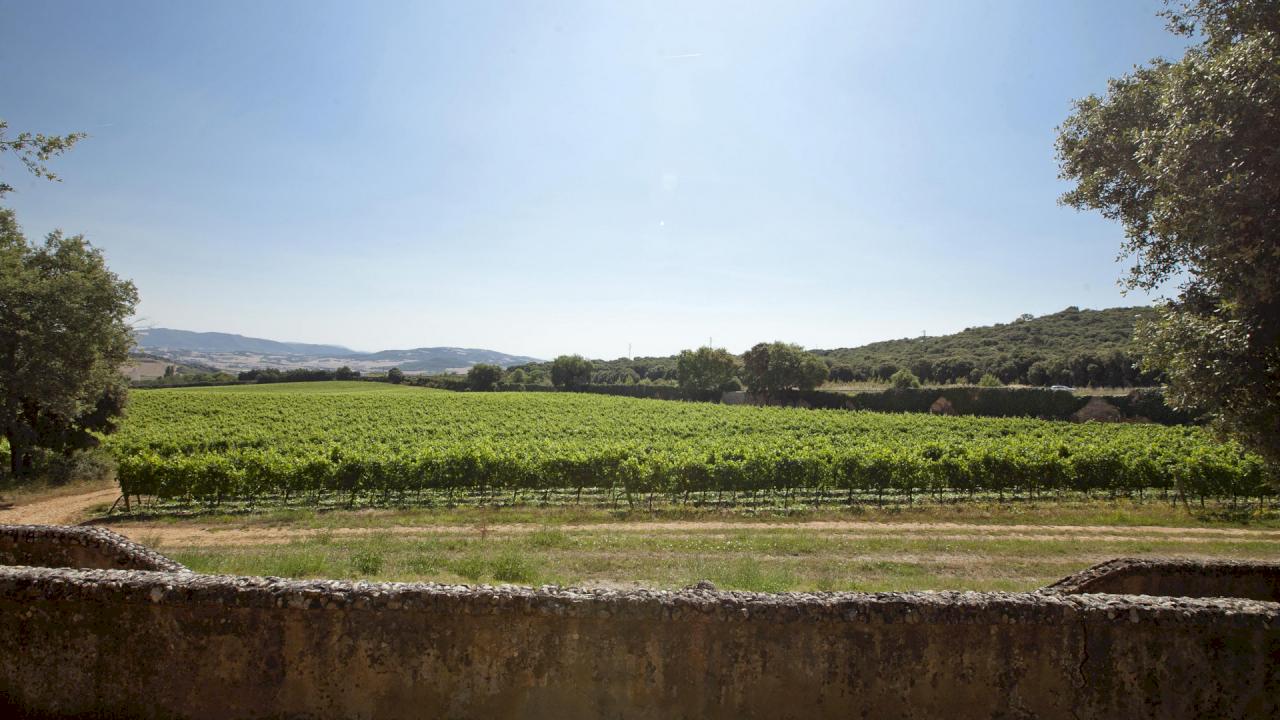
Winery with vineyards and historical house in DO Navarra.
Wonderful vineyard for sale in a priceless setting the north of Spain, complete with a historic house, romantic gardens and forests dating back to the 19th Century.
Infographic of the Denomination of Origin
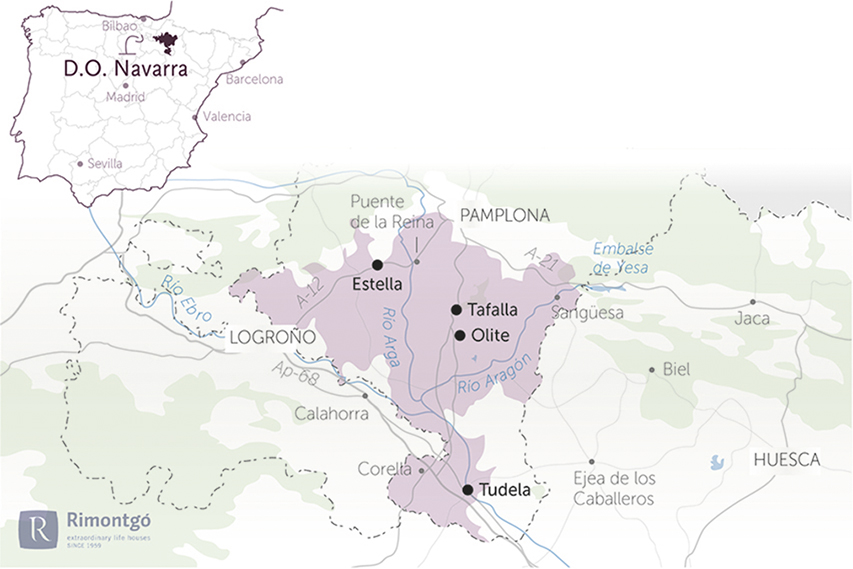
Change to imperial units (ft2, ac, °F)Change to international units (m2, h, °C)
D.O. year of foundation:
1933
Number of wineries (2017):
96
Total surface area:
11.000 ha27.181 ac
Maximum production allowed:
8.000 kg/ha7.137 lb/ac
Altitude of the vineyards:
Min: 250m
Max: 560m
Min: 820ft
Max: 1.837ft
Temperature:
Min: -4º
Max: 34º
Min: 25°F
Max: 93°F
Yearly hours of sun:
2.700
Yearly rainfall:
475 l/m244 l/ft2
Navarre
The chartered community of Navarre is found in the north of Spain, which in turn corresponds to the province of the same name. It is made up of 272 districts and its capital is Pamplona. Bordered by the Atlantic-Pyrenees and the autonomous regions of Aragon, La Rioja and the Basque Country.
HISTORY OF WINE
The history of wine in Navarre dates back to Roman times, when the proximity of the accessible Ebro brought about a large number of commercial operations. Roman wineries were discovered in various villas, much of which were situated in Olite and Liédena. Both the creation of the first monasteries in the 9th and 10th Centuries and the beginning of the Camino de Santiago were two milestones for the vineyards progression.
The Cister monasteries, the Leyre Monastery and the Irache Monastery in Estella promoted the viticulture during the middle ages and left the pilgrims with a sense of the land with good food and drink. The greatest expansion of vine cultivation took place in the 15th Century, because of the Kings of Navarra and the construction of the palace. The Teobaldos dynasty, proceeding from the French Champagne, brought varieties of grape from those lands which they planted in Olite, improving the quality. They obtained the Designation of Origin in 1932.
WINES AND WINERIES
Wines with Designation of Origin Navarra are well known in Spain, especially their excellent rosés, but the quality of their red and white wines also deserve both national and international recognition. The DO Navarra is located in the southeast of the region between Pamplona and the plains. It is divided into five areas of production: Baja Montaña, Valdizarbe, Tierra Estella, Ribera Alta and Ribera Baja. As well as the DO, there is Vino de Pago in Arínzano VP, Prado de Irache VP and Otazu VP; and Vino de la Tierra in 3 Riberas VdT and Ribera del Quiles VdT.
Some known wineries are Bodegas Pago de Larrainzar (and its 19th Century gardens), Pago de Otazu (constructed by Jaime GazteluQuijano), Arínzano (Stoli group and winery of the architect Moneo), Bodegas Ochoa (its fantastic Chardonnay), Bodegas Gran Feudo (from the Chivite family), Príncipe de Viana, Bodegas Piedemonte, Castillo Monjardín (its French varieties), Bodegas Camilo Castillo (sweet muscatel), Bodegas Irache (its fountain of wine for the pilgrims), Bodegas Tandem (the modern style in Navarra), Señorío de Sarriá, Pagos de Arraiz, Bodegas Manzanos, Pago de Cirsus, Bodegas Marqués del Atrio (owned by the Chinese winery Changyou), DominioLasierpe (since 1920), Bodegas Señorío de Andión, Bodegas Vega del Castillo (founded in 1911), Bodegas Rioja Vega and Bodegas Artazu (Artadi group).
POINTS OF INTEREST
The Camino de Santiago goes by the province of Navarre; so it allows to enjoy the landscapes closest to the Pyrenees and others near the Ribera del Ebro. The beautiful nature is highlighted in natural parks such as the Urbasa-Andía, Señorío de Bértiz and Aralar. In the Salazar valley the Iratiforest is found, the second biggest cluster of beech trees in Europe. TheBardenasRealesare also notable; considered the UNESCO Biosphere Reserve. Also, in Navarre there are emblematic towns, from the legendary Roncesvalles to the city of Viana. Some notable places for tourists are the Monastery of San Salvador of Leyre (8th-16th Century), the Castle of Xavier (14th Century) or the fortified town of Ujué.
Navarre is a hunting land which also allows the enjoyment of satiating cuisine which is accompanied by good wine. The most famous festival, San Fermín, takes place in Pamplona. The bullfights in the streets attract visitors from all over the world. Also near the capital, the work of one of the most important sculptors in Spain is kept inside the Oteiza museum in Alzuza. The building is the work of the architect Francisco Javier Sáenz de Oiza.
D.O./Valle (wine regions)
Discover more wineries and vineyards for sale in these wine regions in Spain
Subscribe to our mailing list to receive news about wineries and vineyards.

